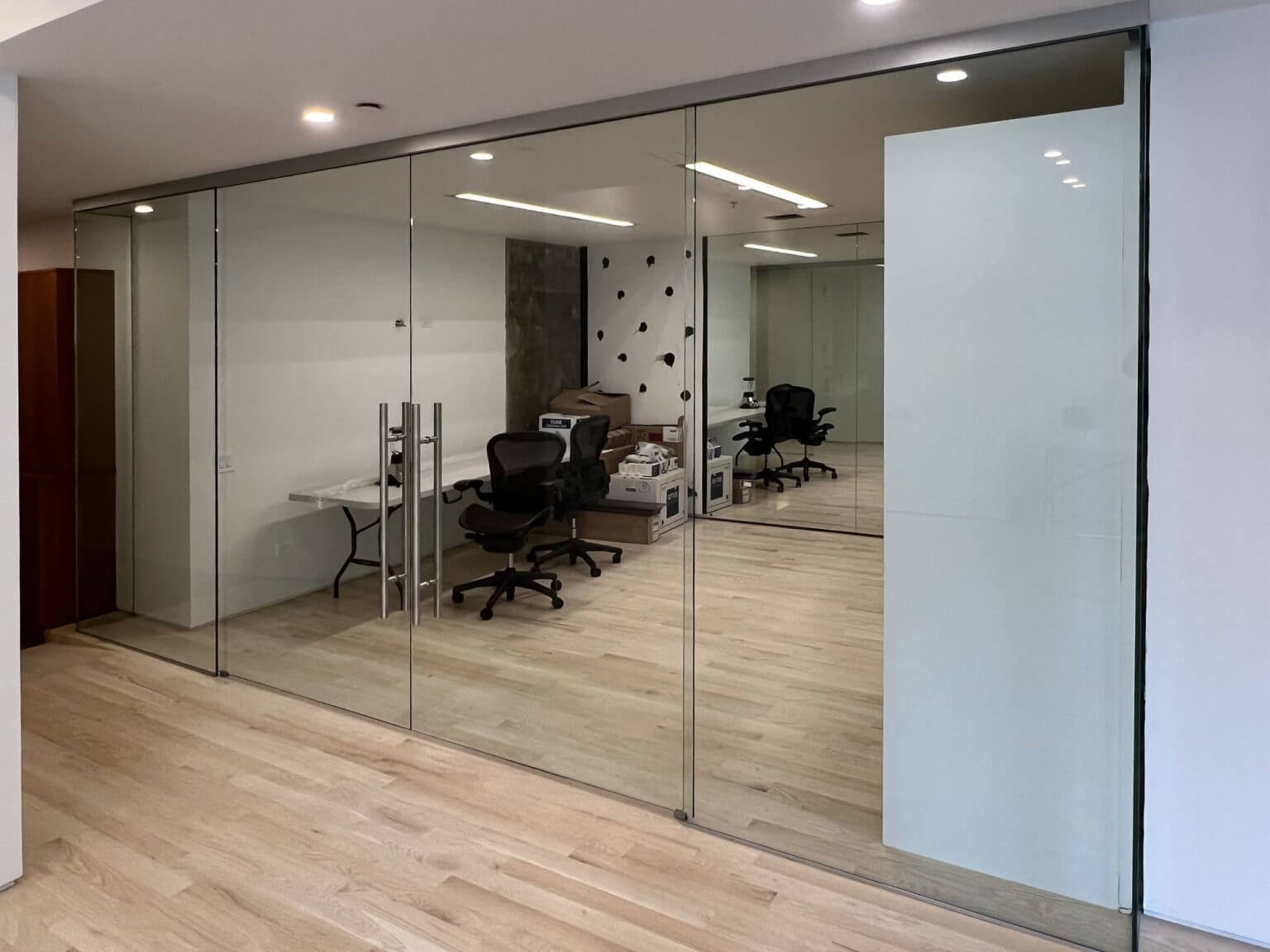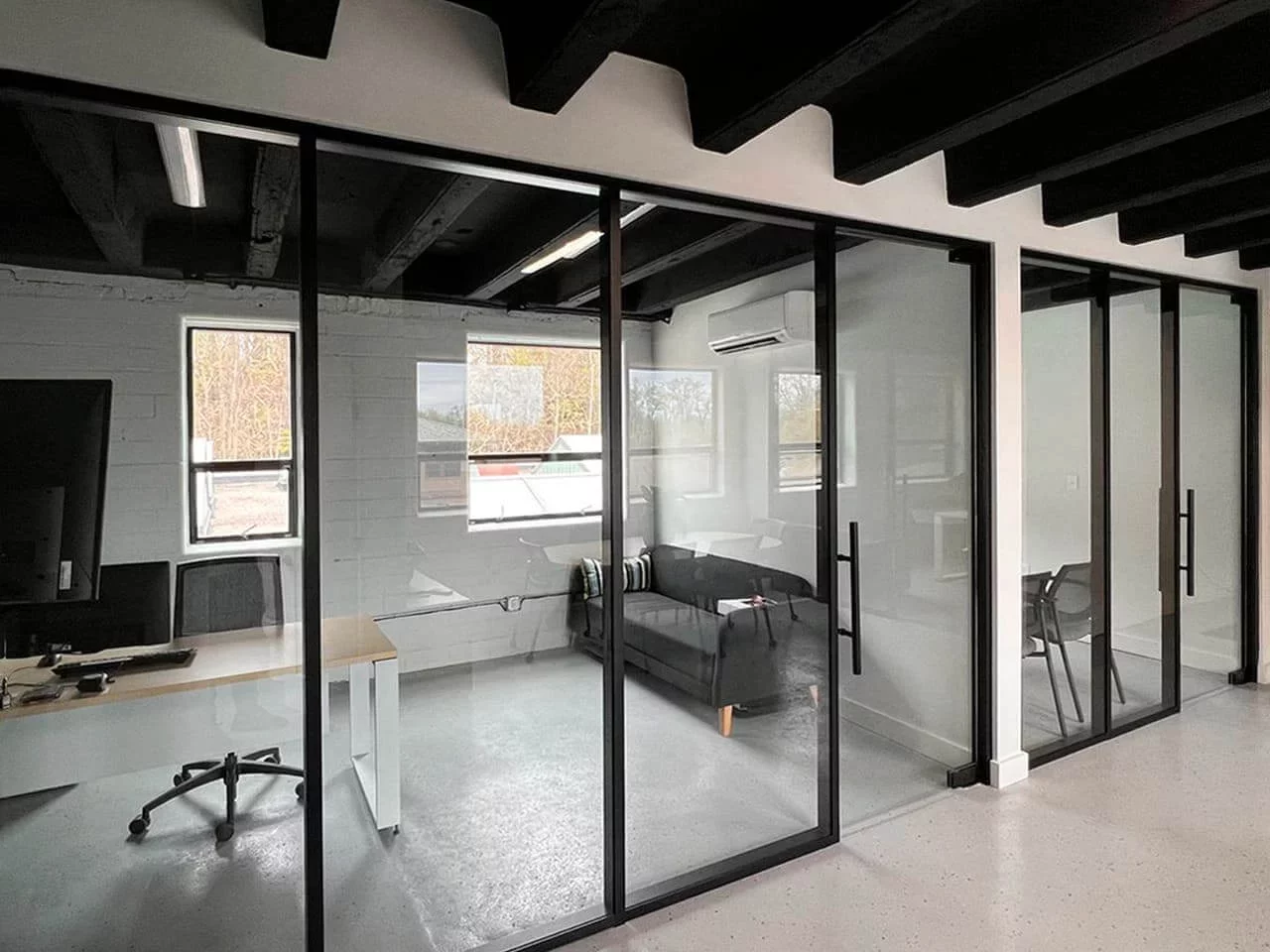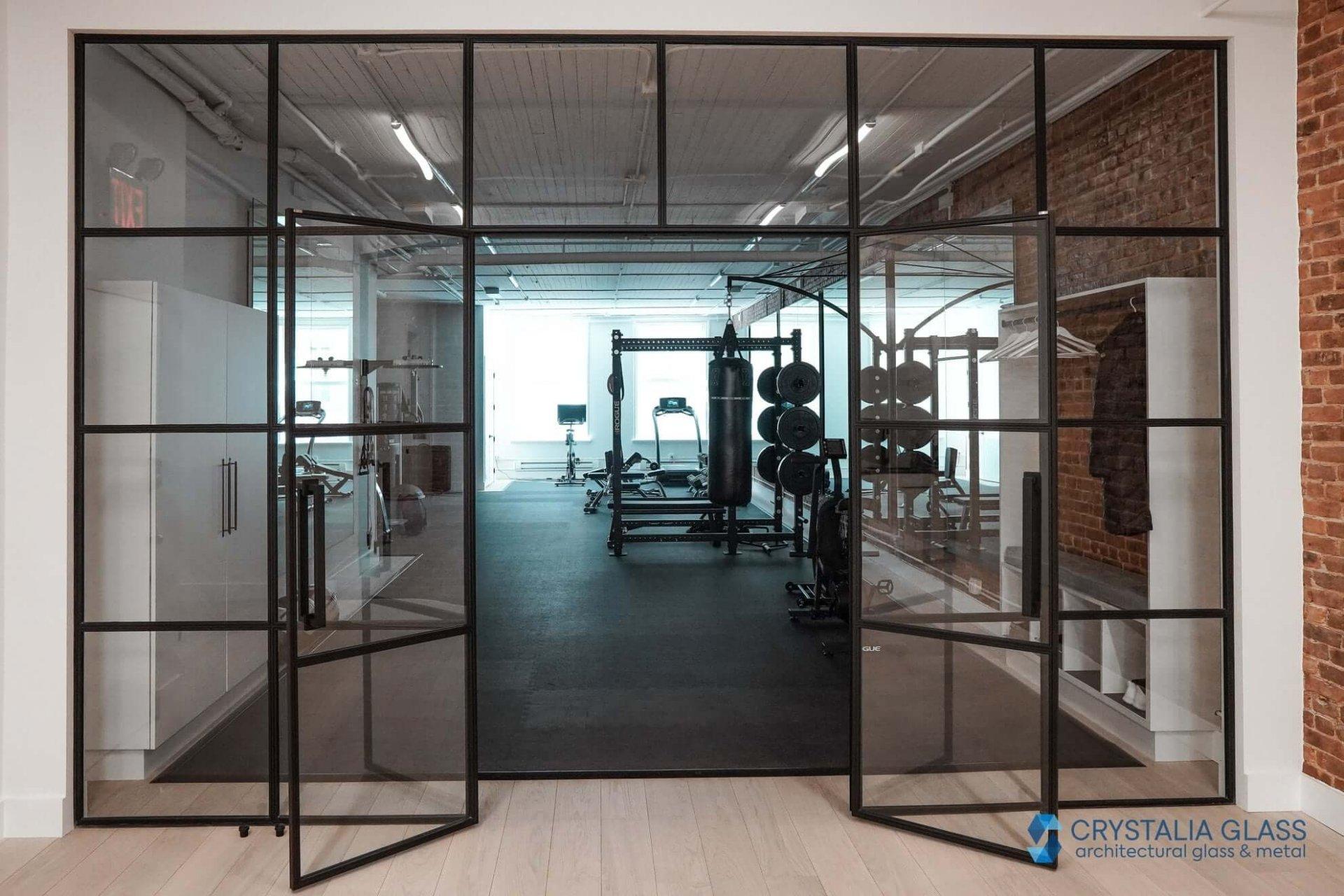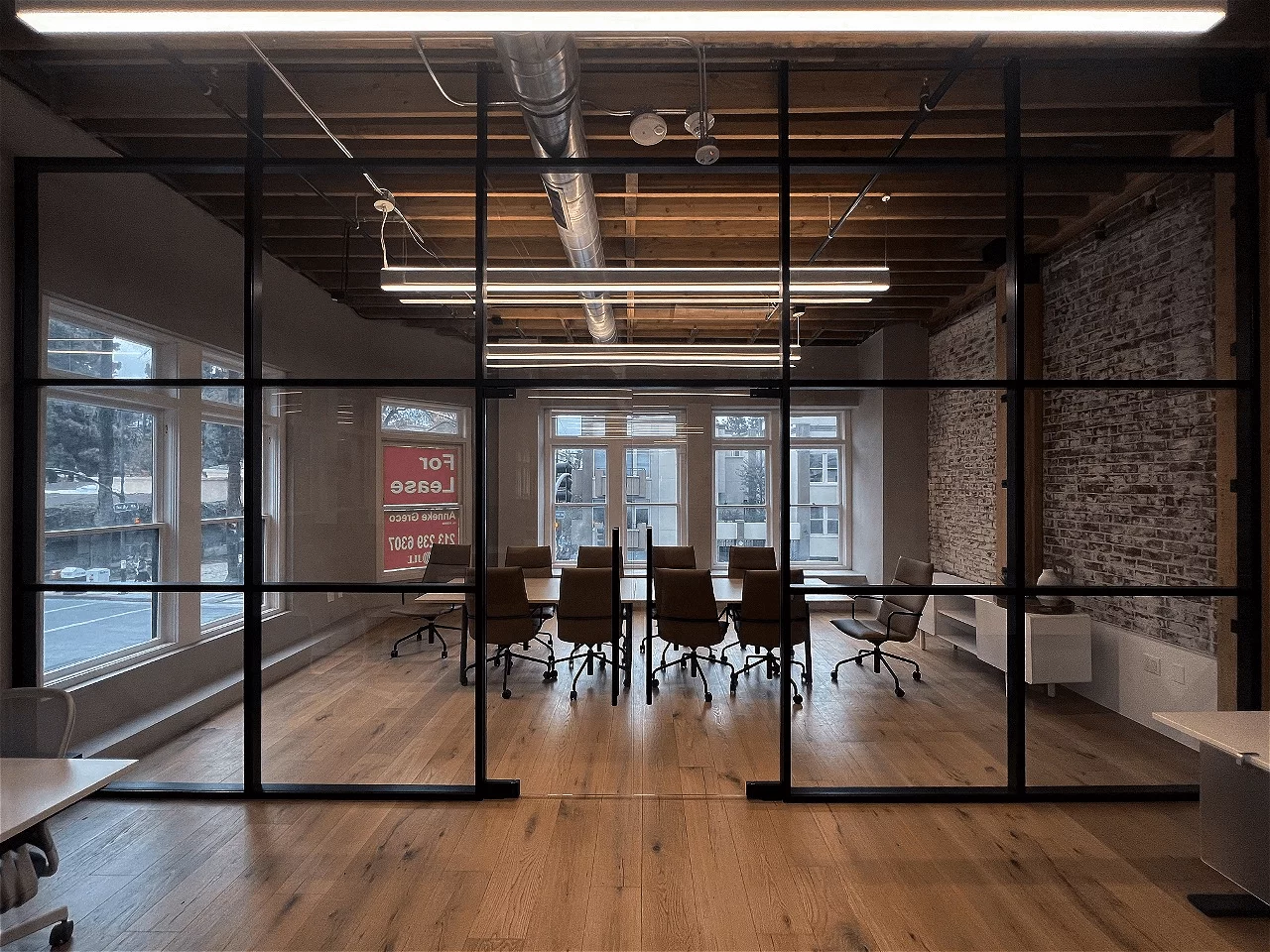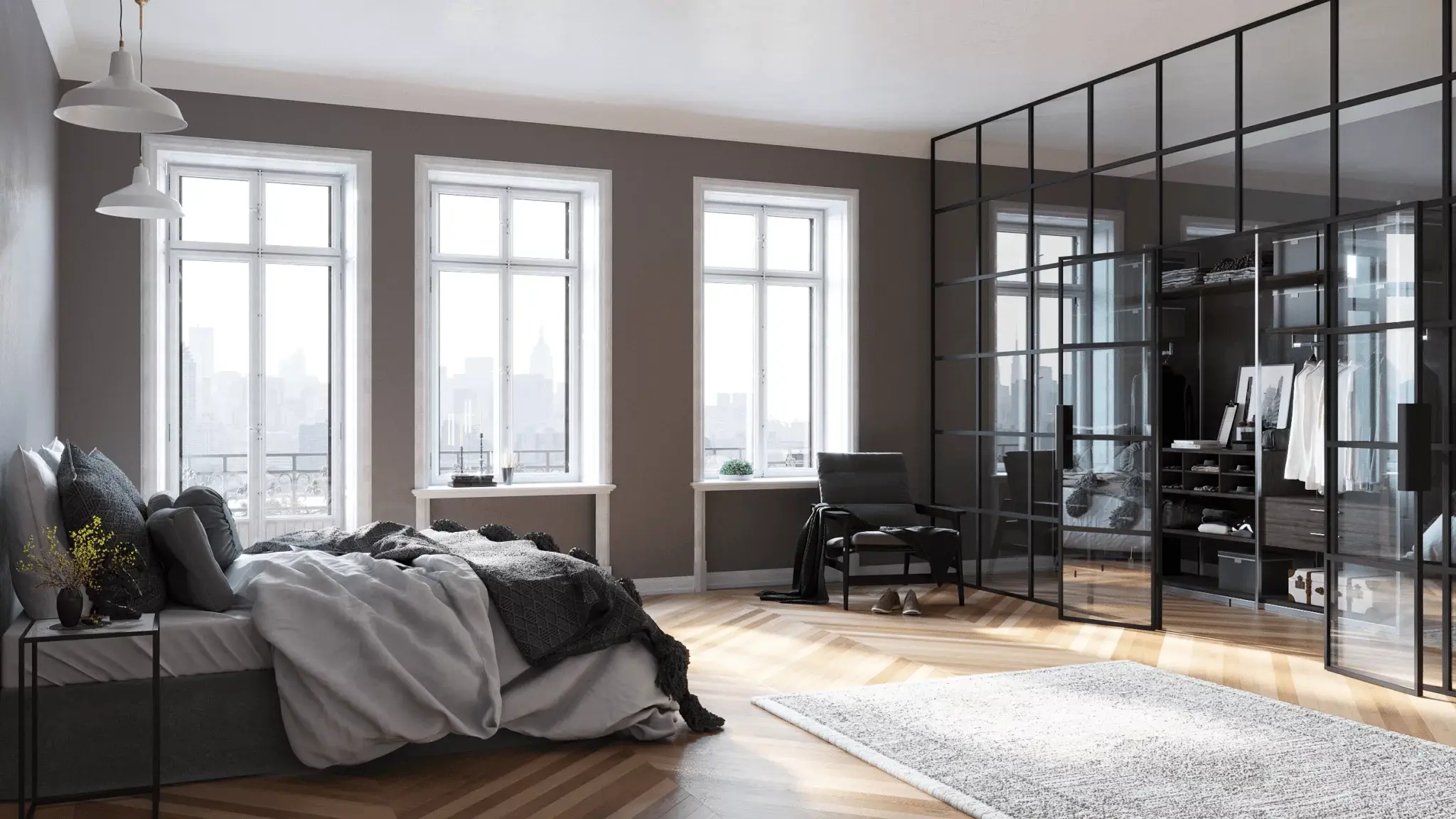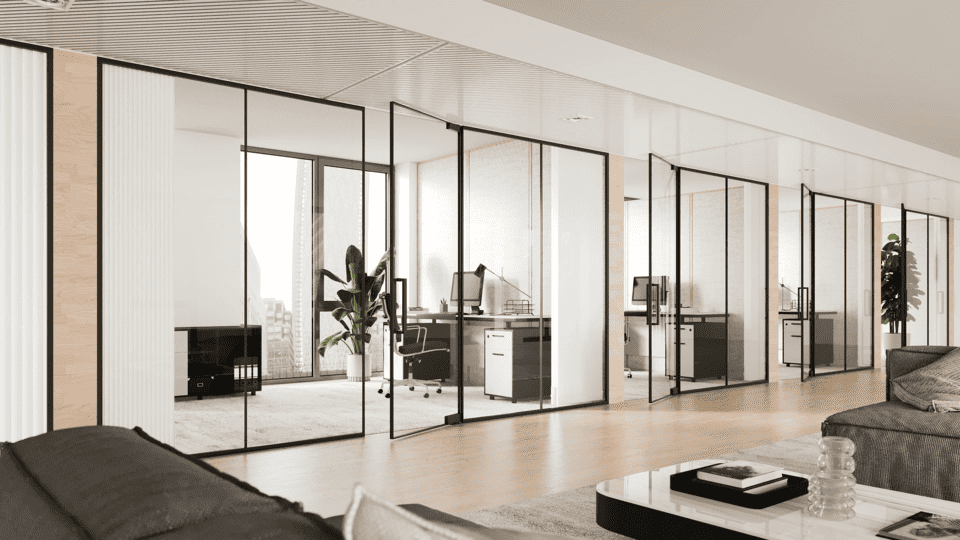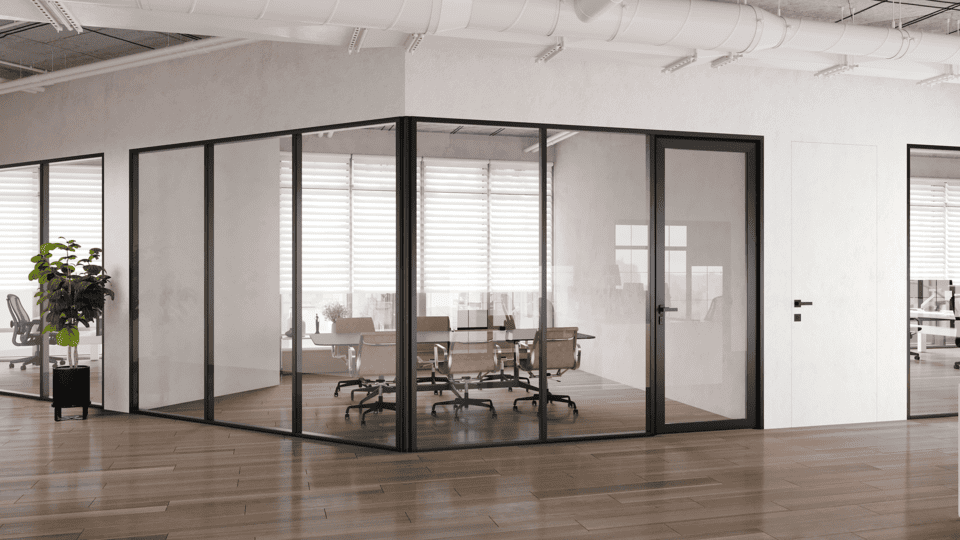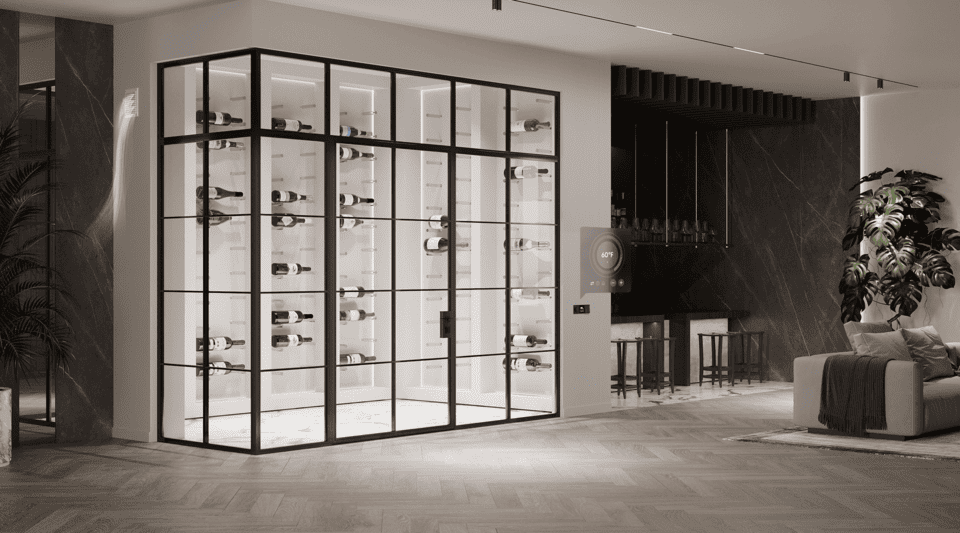Making offices a safer place requires a lot of redesigning and retrofitting. Among others, the new workplace safety requirements include physical distancing (desks and seats in general spaced farther apart) and controlling air flow. In many situations, applying these measures also means installing additional screens, partitions, and doors.
However, while physical barriers do help prevent the spread of germs through the air, they also create obstacles for people. More partitions mean more doors. And this is a great problem since reducing the number of touchpoints within a building is one of the utmost priorities now.
Door handles are considered to be the most contaminated objects in public places. This is especially true for openings with high-traffic flow, such as bathrooms or building entrances. And the only solution here is upgrading doors to open them hands-free.
Low-touch solutions: Fast and cheap hands-free openers
For all areas, where a door pool is a necessity, the most basic solution is adding alternative hands-free opening options to the existing doors. These are called low-touch openers:
- Push/pull hardware allows users to open the door with a nudge of the hip.
- Arm-operated door handles allow users to pull the door open with the arm or elbow and avoid touching it with the hand.
- Foot-operated door openers allow users to push the door open with the foot or even a walking stick.
Such low-touch devices can be made of metal, wood, or plastic. They look like plates attached to the door and come with fixing bolts and screws. The method of opening the door depends on the shape of the device and its position on the door. Low-touch openers are compatible with all types of doors. They are cheap, easy to install, and easy to operate.
Touchless solutions: Automatic openers
Sometimes, simple push-and-pull devices are not an option. The reasons may vary from access control to covering the needs of high-traffic areas. In all these cases, it is better to install sensors and automatic operators for entering/exiting rooms or premises hands-free. Here again, you have several options to choose from. The door can be opened automatically after one of the following actions:
- When a user approaches the door (based on using a radar sensor).
- When a user waves her or his hand in front of the door (based on using a motion sensor).
- When a user stands on the mat in front of the door (based on using the pressure mat).
- When a user activates a swipe reader with a card (based on the access control activator).
Depending on their functionality, such automatic door openers may not only be safe but also secure. However, automatic operators in conjunction with motion sensors are not the only smart solution. There are also, for example, electromagnetic holders to keep doors open during high-traffic times.
Touchless solutions normally require expert installation and some further adjustments. And of course, they are more costly than their low-touch alternatives. But so far, they have proven themselves to be the most comfortable and universal option.
This is the time when interior design helps transform people’s behavior and make it more considerate and safe. Hands-free door opening is the new norm that helps reduce the risk of catching coronavirus from a surface. Whichever door opening functionality you choose for your office, it will be a first step to ensuring a safe and healthy workplace. Stay safe!
